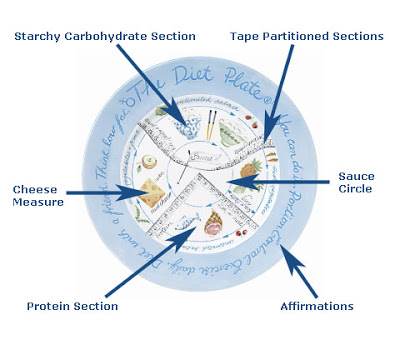As we move through each chapter of the 2020 Canadian Adult Obesity Clinical Practice Guidelines on my blog, we are now moving into the treatment chapters of the guidelines (the Advise of the 5As of Obesity Management). On the left in this flow chart published in the Canadian Medical Association Journal, you’ll see ‘Medical Nutrition Therapy’ on the left hand side.
Medical Nutrition Therapy (MNT for short) is the term we have adopted in the Guidelines for what we would have previously thought of as ‘dietary intervention’. MNT takes the word ‘diet’ out entirely, which is good, because a ‘diet’ is often perceived as a temporary change; we know that any lifestyle changes need to be permanent in order to have long term success. ‘Diets’ are also usually weight-focused, and in these Guidelines, we are moving to take the focus off of the numbers on the scale and put the focus where it belongs – on improving health. MNT encompasses not only the nutritional approach itself, but also the assessment and counseling that goes along with it – emphasizing that support in making changes in food intake is important for success.
While one Key Messages in the Medical Nutrition Therapy chapter of the Obesity Guidelines is that Canada’s Food Guide can be used as a foundation for nutrition and food-related education, the authors of this chapter pored through umpteen studies in their comprehensive literature review, to generate evidence based recommendations on which specific dietary approaches/plans can be recommended.
Recommendation: We suggest nutrition recommendations for adults of all body sizes should be personalized to meet individual values, preferences and treatment goals to support a dietary approach that is safe, effective, nutritionally adequate, culturally acceptable and affordable for long-term adherence. (I can’t stress enough how important the personalized approach is – in fact, this is probably the most important point in finding a dietary plan that works for a particular individual. A dietary plan for weight management needs to be a PERMANENT dietary plan if it is going to be successful for managing weight in the long term. We all have different things we like and don’t like to eat. So if we try to advise one dietary program for all, it is clear that this won’t work for everyone.)
It is recommended that adults living with obesity should have an individualized MNT approach set up by a registered dietitian (when available) to improve weight and health. (Note: a registered dietitian is not always easy to access free of charge, but our health care system overall is seeing at least some (slow) improvements in accessibility.)
As far as which MNT approaches to consider, there are several that have evidence for improving health, including:
- calorie restricted
- Mediterranean
- vegetarian
- portfolio
- low glycemic index
- DASH diet
- Nordic diet
- partial meal replacements
- intermittent fasting (provides similar weight reduction as a calorie restricted approach)
Note that not all of these MNT approaches are effective for weight loss. In addition, the MNT approaches that do show short term weight loss do not generally show that this weight loss is sustained for more than a year. This is because of the powerful biological drivers of weight regain (see the Science of Obesity chapter for more on this). But remember – MNT, and obesity management in general, is about improving health, not necessarily changing the numbers on the scale.
The chapter also discusses health benefits of some foods including:
- pulses (eg beans, lentils)
- vegetables and fruits
- nuts
- whole grains
- dairy
The chapter additionally recommends intensive behavioral interventions for people with prediabetes ( targeting 5-7% weight loss) and for people with type 2 diabetes (targeting 7-15% weight loss) because of data showing the health benefits of this degree of weight loss in these groups of people. (Note, however, that even 1kg of weight loss reduces the risk of a person with prediabetes developing diabetes by 16% – so every little bit matters! Also remember again that while we do discuss weight and numbers in the guidelines, that the #1 priority is always on improving health.)
NOTE: This blog is not intended to be a full synopsis of the chapter. There is a wealth of information in this chapter that is beyond the scope of one blog post. I encourage everyone to dig in to the entire chapter!
Stay tuned for much more on the Obesity Guidelines in coming weeks!
Share this blog post using your favorite social media link below!
Follow me on twitter! @drsuepedersen
www.drsue.ca © 2020












